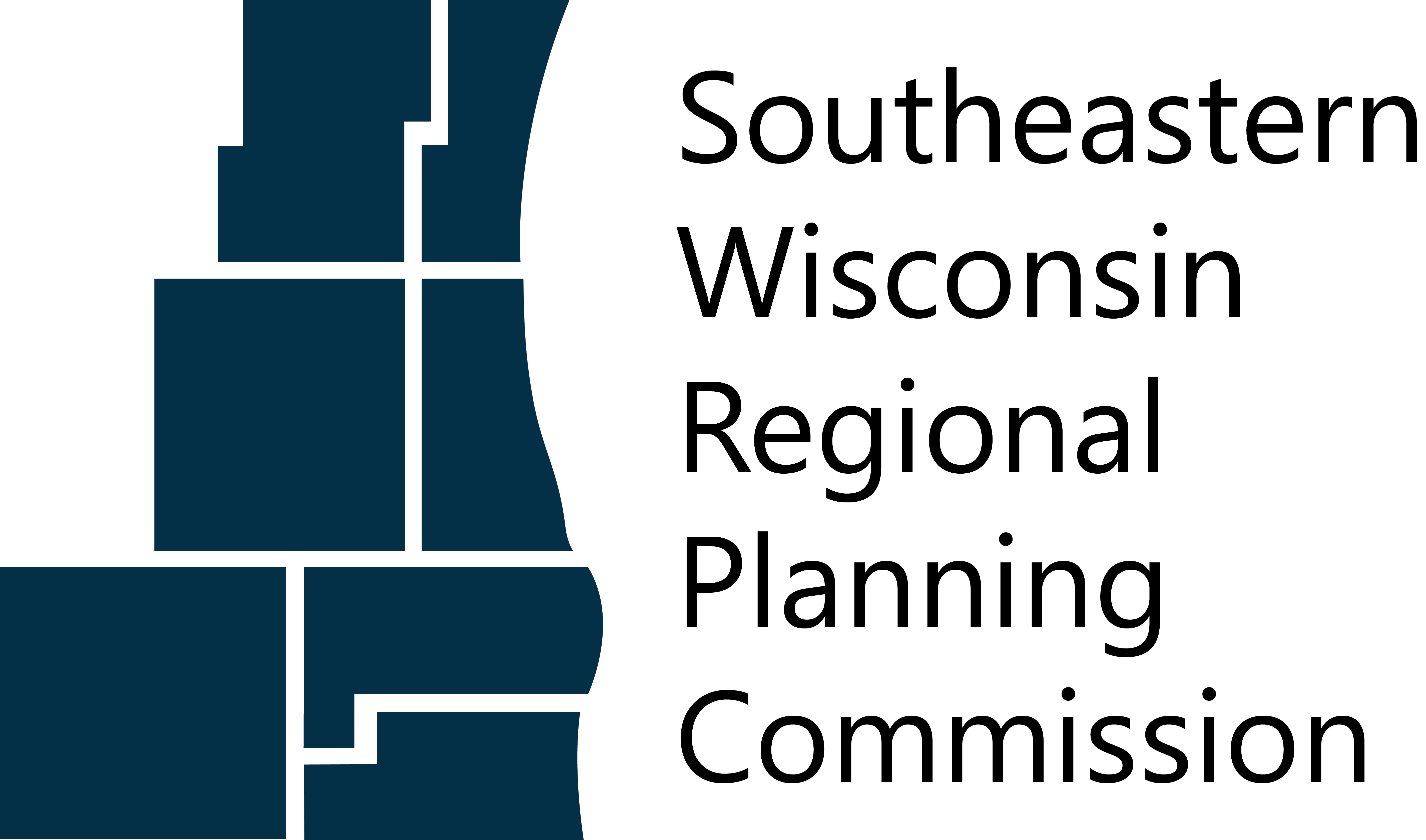Two important elements of the Regional Water Quality Management Plan relate to:
- Recommendations for wastewater treatment plants and their associated wastewater conveyance systems
- Identifying those areas planned to be tributary to and served by the treatment plants (i.e., sanitary sewer service areas)


